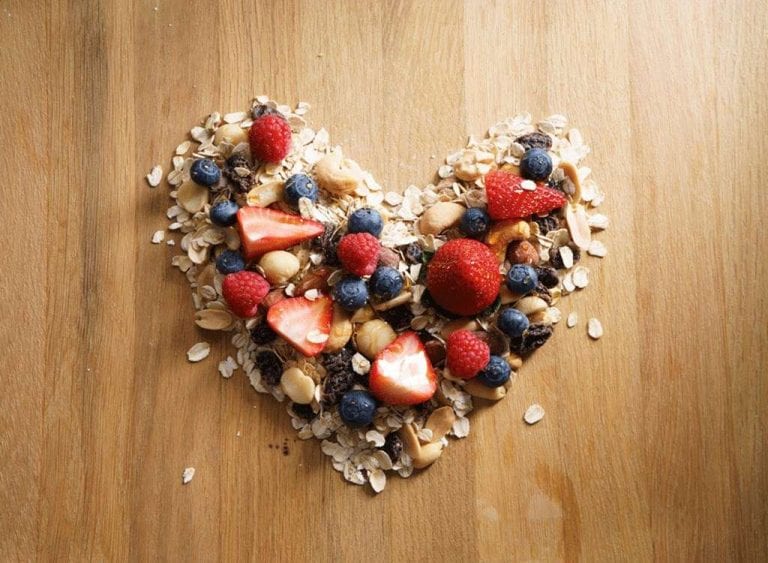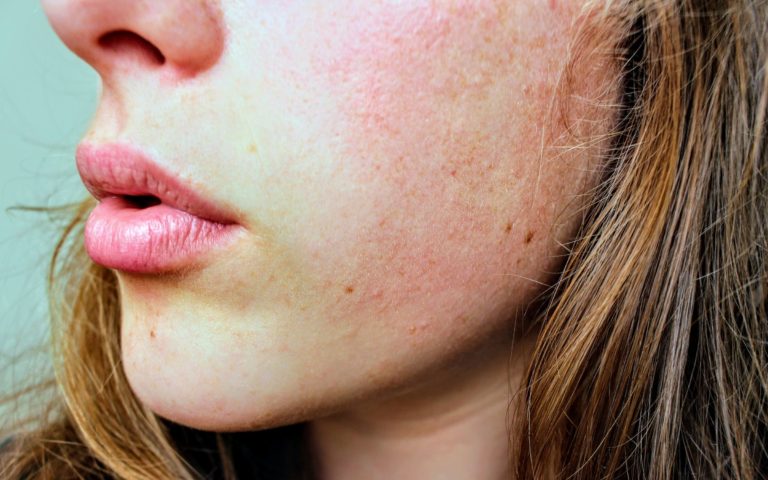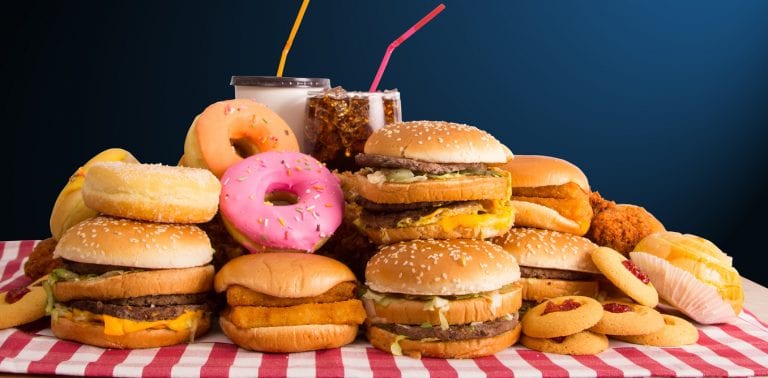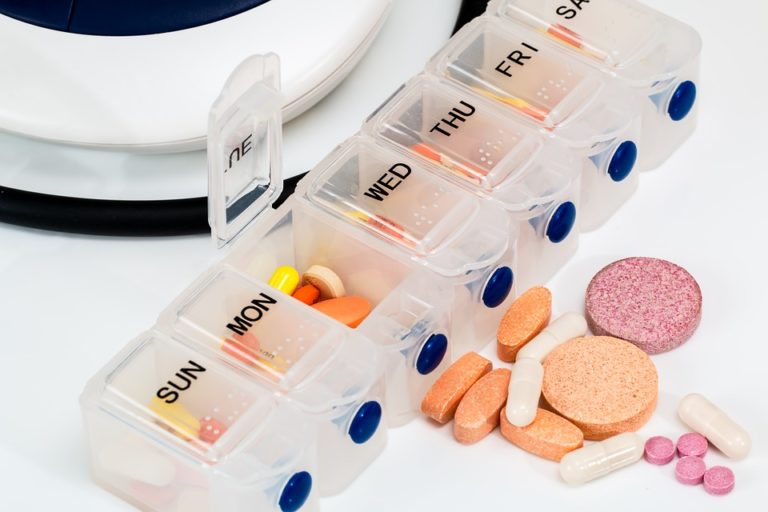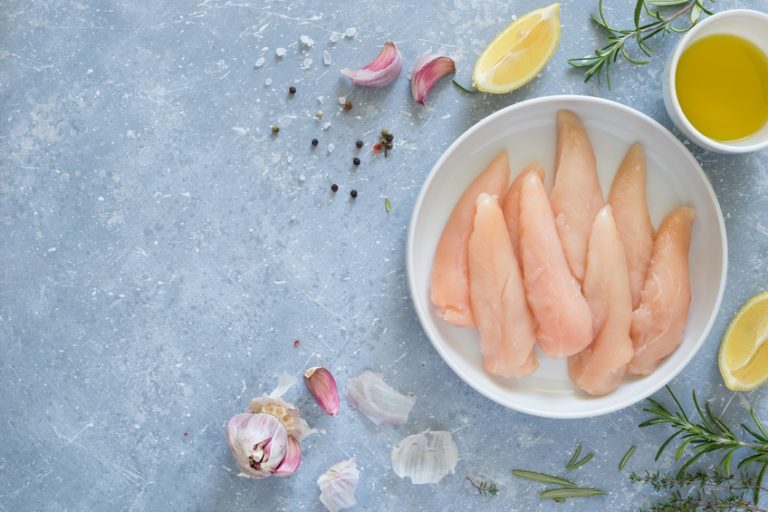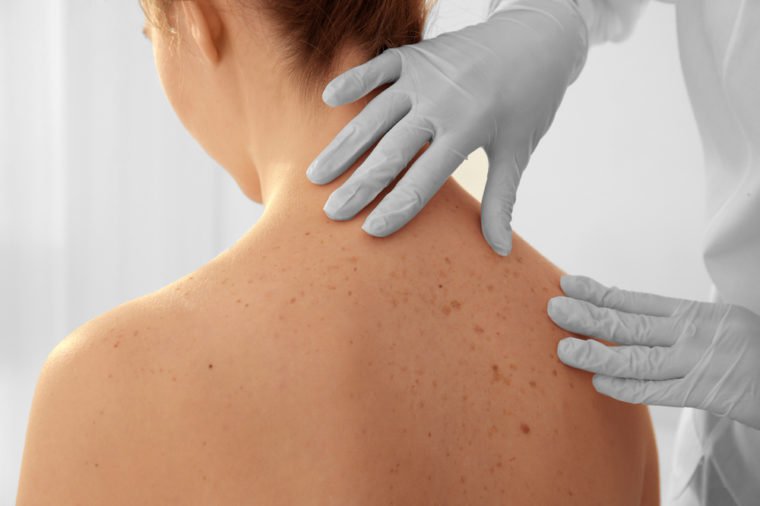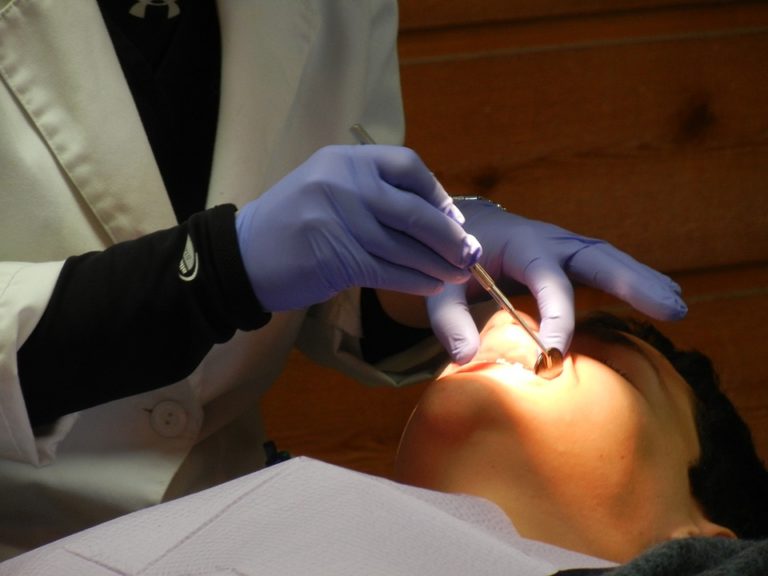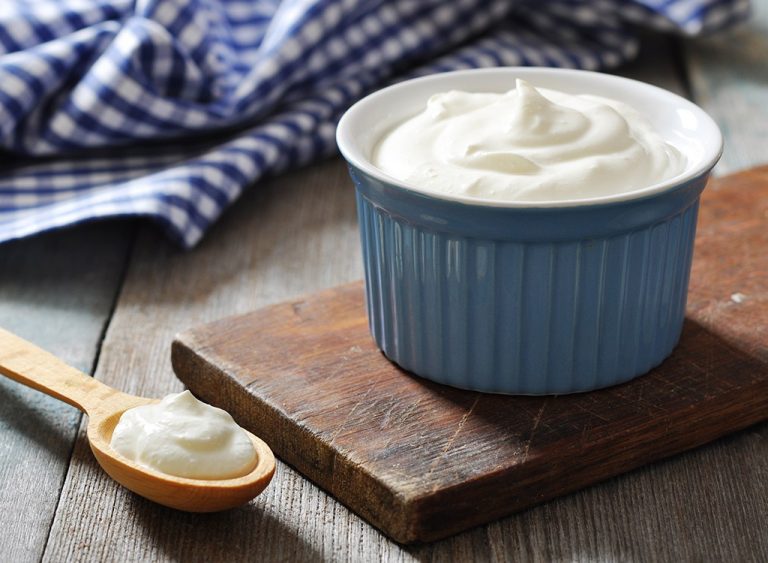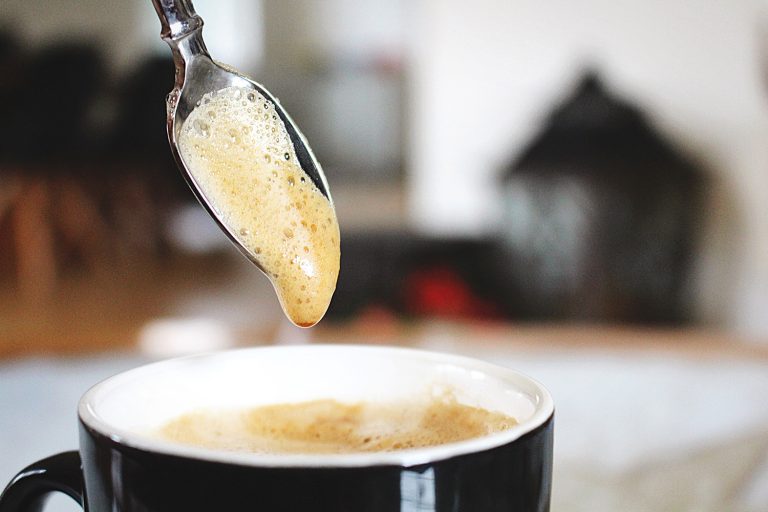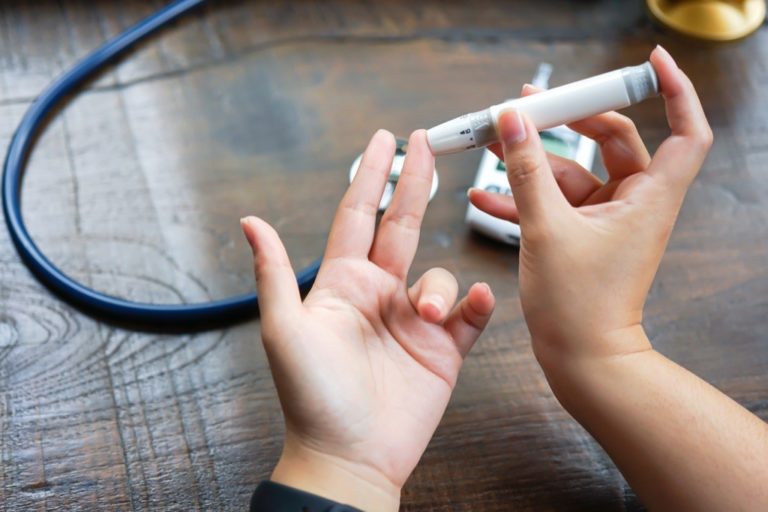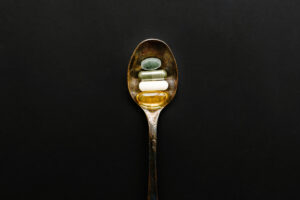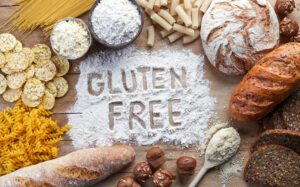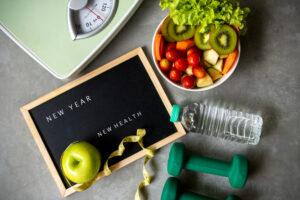
15. Chronic inflammation and oxidative stress
Another fact that makes vitamin C special is its ability to act as a potent water-soluble antioxidant. This distinctive characteristic of vitamin C helps your body prevent cellular damage by making free radicals disappear. The same free radicals can cause chronic inflammation and oxidative stress.
Both chronic inflammation and oxidative stress have been associated with a broad range of chronic illnesses, including diabetes and heart disease.
Important info: A recent study discovered that patients with quite low blood levels of vitamin C (but not vitamin C deficient) were almost 40 percent more prone to develop a heart-related disease than those with high blood levels of vitamin C.
Takeaway
More than one in ten people are vitamin C deficient, and because our bodies are unable to store large quantities of this essential vitamin, we must consume foods high in vitamin C on a regular basis (or take supplements). However, if a vitamin C deficiency enters our lives, it can be easily banished once vitamin C levels are normal.
Psst! Not sure what fruits and veggies to eat besides lemons and oranges in order to keep those levels of vitamin C high? Fear not! We’ve compiled a list for you.
Here’s what you can get from 125 grams of…
- Acerola cherry: 2,740 percent of the RDI
- Guava: 628 percent of the RDI
- Blackcurrants: 338 percent of the RDI
- Sweet red pepper: 317 percent of the RDI
- Kiwifruit: 273 percent of the RDI
- Lychee: 226 percent of the RDI
- Strawberry: 149 percent of the RDI
- Papaya: 144 percent of the RDI
- Broccoli: 135 percent of the RDI
- Parsley: 133 percent of the RDI
P.S.: Always opt for raw veggies and fruits, instead of cooked ones. When exposed to heat, vitamin C breaks down quite rapidly. As a result, you will not be able to reap its benefits.
You might also like: Having Vitamin D Deficiency? Here’s What Can Happen to You






